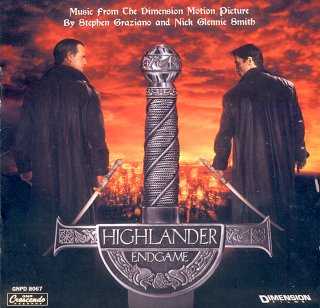As another good introduction to the world of fantasy/writing fantasy, we must explore the different subgrenres of fantasy. Here are a couple of subgenres that seem to be most popular:






Contemporary Fantasy: A fantasy set in the "real" world and in the story the existence of magic, in an otherwise normal world, is revealed. If a character travels to an alternate world and the magic is revealed/used there, it is NOT considered contemporary fantasy. Like if someone walked up to you today and handed you a magical amulet, your biography (detailing your adventures with this magical amulet) would be considered contemporary fantasy.
Example: Highlander 

Urban Fantasy: A fantasy set in modern, urban setting. May be considered a subgenre of contemporary fantasy, always set in a city.
Example: Charmed

Dark Fantasy: A fantasy which can be observed as an obvious fantasy but with horror elements.
Example: Anne Rice Vampire Chronicles Series

Fairytale Fantasy: A fantasy that uses characters, plot or other elements from folklore.
Example: American Gods By Neil Gaiman

Heroic Fantasy: A fantasy that always has a hero on a quest; it is part high fantasy and part sword and sorcery.
Example: Lord of the Rings by JRR Tolkien

High Fantasy: A fantasy that shows the epic struggle between good and evil in a fantasy world parallel to our own.
Example: Chronicles of Narnia

Historical Fantasy: A fantasy that is set in the past with fantastical elements OR a fantastical world which parallels our owon with distinct connections to historical places/events/people.
Example: Alvin the Maker Series by Orson Scott Card

Sword and Sorcery Fantasy: A fantasy where main character (usually a warrior) deals with things physically and is more interested in their own self interst than the greater good.
Example: Conan the Barbarian

More subgenres exsist, but as I said, these tend to be most popular, but if you want more please check out wikipedia.com's page on the subgenres of fantasy. (I got a lot of my information from that site.)
Once you have determined the best subgenre for your work to be labeled as (for your own sanity and that of your future publisher), you will have a basic framework to structure your story. While these subgenres may overlap, only one will be your main genre (per piece, you may work with many genres and subgenres over your entire lifetime).
Overall, as a writer of fantasy, you need to have an understanding of these subgenres because publishers will ask which type of fantasy you write and because it limits what is possible in your story/guides the plot, conflict, character creation and world creation of your stories. This knowledge will also be helpful as we explore more elements of writing in upcoming posts.
Overall, as a writer of fantasy, you need to have an understanding of these subgenres because publishers will ask which type of fantasy you write and because it limits what is possible in your story/guides the plot, conflict, character creation and world creation of your stories. This knowledge will also be helpful as we explore more elements of writing in upcoming posts.

3 comments:
Nice Job Jenny- very clear.
Nice post Jen. I enjoyed it.
Hows teh writing going? And, once again, I strongly encourage you to find a more flattering picture to put up as your profile picture.
Have a good weekend.
wow, I never knew there were so many different kinds of fantasy writing! Urban and contemporary are definetly my favorites :)
Post a Comment